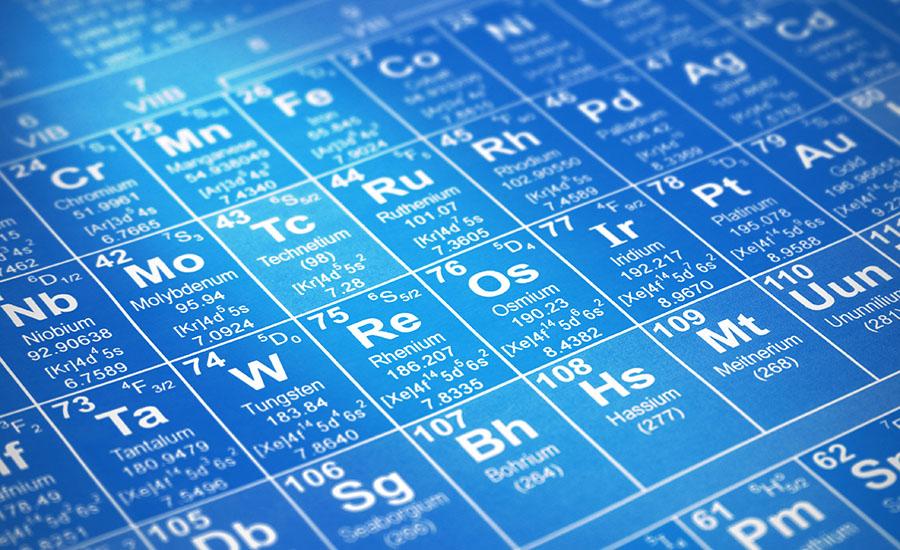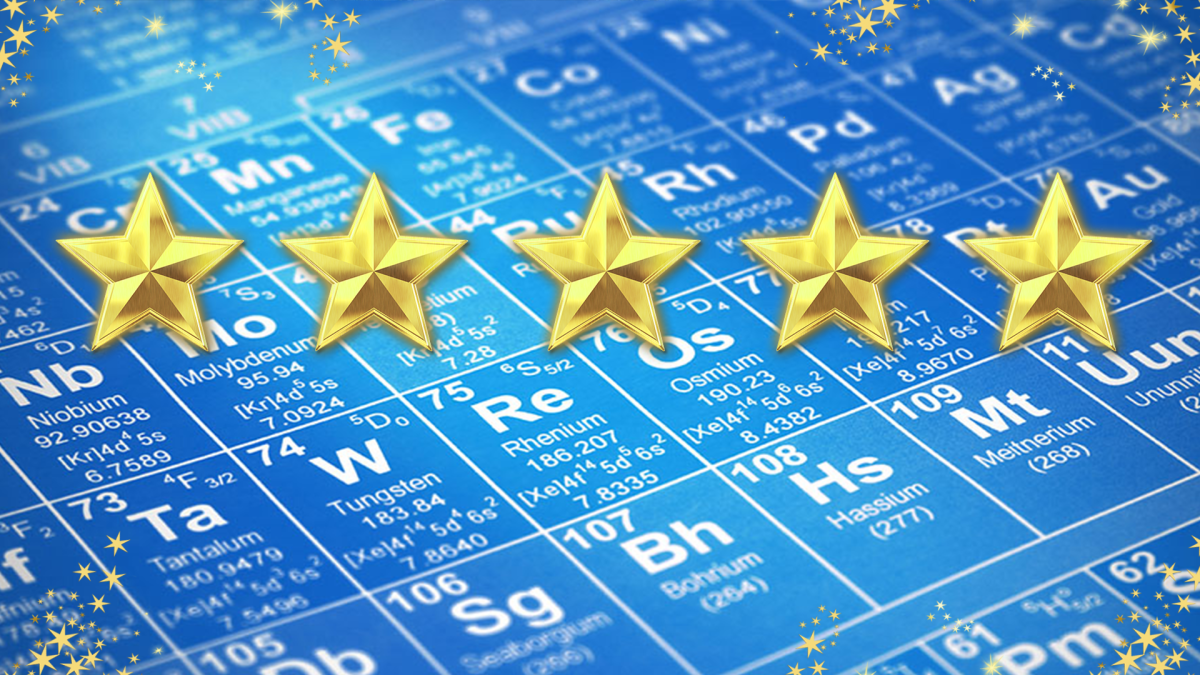
Fission and Fusion
by Laura Winder
This lesson plan includes activities for a full unit on Fission and Fusion, which are included in our state science standards. Students will create models of fusion and fission using a free online text as a reference. A rubric for the project is included. Students will watch a video and take notes on the benefits and drawbacks of nuclear power generation. They will finally use the the notes they have taken to participate in a debate in the format of a Socratic seminar to demonstrate their knowledge of the costs and benefits of nuclear power generation.
Lesson Plan Link/URL
https://docs.google.com/presentation/d/1beWN396gosiEbbwQz1LoqB0WdEU0Ewad/edit?u…Subject Area
Science Physical Science P1: Matter P4: Energy Transfer Technology 2. Digital Citizen 3. Knowledge Constructor 4. Innovative Designer 6. Creative Communicator Engineering S1: Engineering & Global Society S4: Apply Science to Engineering English Language Arts (ELA) Reading (Informational Text) Writing Speaking & ListeningRelated Content

Grades:
9th Grade, 10th Grade, 11th Grade, 12th Grade
This set of lessons allows students to understand circuitry through different lenses and apply this to simple circuits and electrical calculations.

Grades:
6th Grade, 7th Grade, 8th Grade, 9th Grade, 10th Grade, 11th Grade, 12th Grade
This lesson is designed to encourage students to explore their interests and pursue their passions while diving into the world of STEM. This lesson takes place in a classroom for one semester. 1 hour

Grades:
9th Grade, 10th Grade, 11th Grade, 12th Grade
The first rule in the chemistry lab is “don’t eat or drink or lick anything in the lab”! This lesson breaks those rules and shows students how culinary is really a practical application of chemistry